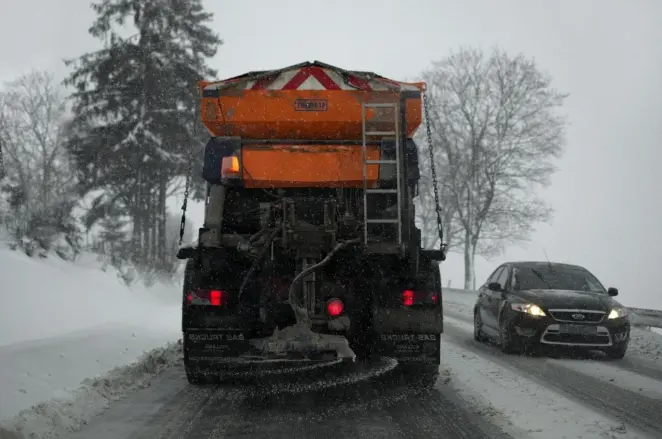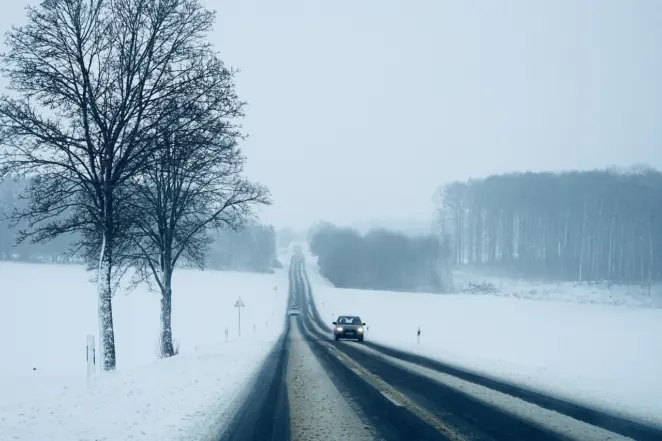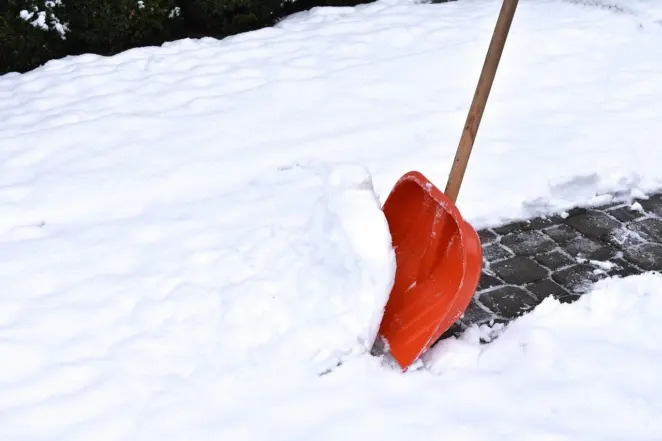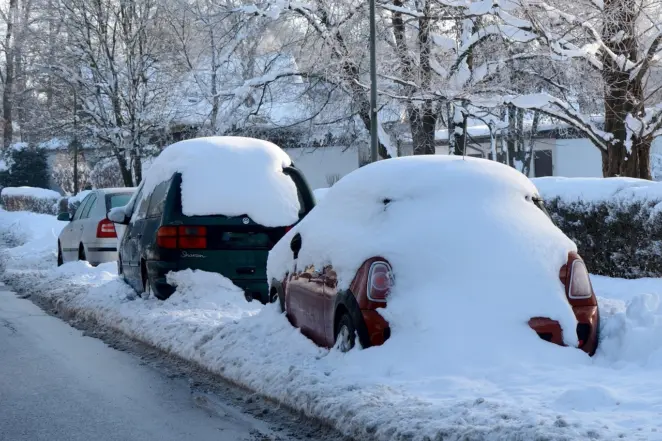Gritting: When Should You Start?
Are you responsible for keeping your home, business, or property safe during the winter months?
If so, you might be wondering when the right time to start gritting is. While checking the weather forecast is a good start, air temperature alone can be misleading. Ground frosts are common even when air temperatures are above 0°C. These frosts can create dangerous, slippery conditions when you least expect them.
Here at Online Rock Salt, we have been helping customers across the UK to stay safe in winter for over two decades.
What Is Gritting?
In simple terms, ‘gritting’ refers to the process of spreading a de-icing agent, usually a form of salt such as rock or white salt, also often referred to as grit or grit salt, onto roads, pavements, and other surfaces such as car parks. This is usually done in the late autumn and winter months, as temperatures drop.
White salt is considered ideal for areas that experience a lot of foot or vehicle traffic, such as entrances to buildings, because it leaves no residue behind and helps keep these spaces clean.
Rock salt, on the other hand, is the most cost-effective and reliable choice for most other applications, though it can leave a slight residue behind.
The main aim of gritting is to prevent ice from forming and snow from accumulating.

Sometimes, if the snowfall is excessive, the snow can still collect on top of the salt. However, the salt will prevent it from freezing to the road surface and turning into ice, making it easier to clear and safer to walk on.
Why Do We Use Grit?
Grit is spread on roads and paths in winter for several reasons.

Firstly, white and rock salt can prevent the build-up of snow and ice by lowering the freezing point of water. This process is called freezing point depression, offering effective ice prevention at temperatures as low as -8°C. Since UK temperatures rarely fall below that, it’s the ideal choice for keeping roads, pavements and car parks safe.
But why is it important to make sure that these surfaces are regularly treated? According to Bradford City Council, this ‘helps to minimise travel disruption and keep the flow of traffic moving along'. While this may not sound as important at first, it is estimated that the UK economy would lose around £2 billion in delays every year if salting were not carried out.
However, grit isn’t only used to keep the economy going, but also to keep everyone safe.
Driving in winter can be tricky and the stopping distance can increase up to 10 times when snow is on the ground. According to Admiral, 'The highest percentage of severe accidents between November and February'.
Data from the Barnet Post shows that in 2023 there were 1,936 people injured in icy-road incidents across Britain, including 18 deaths. Between 2018 and 2023, icy conditions were linked to more than 8,000 injuries and 80 fatalities nationwide.
Slips, trips and falls are also far more comoon on untreated driveways, paths and car parks, particularly around businessess and public buildings. Regular gritting helps reduce these risks and keep both drivers and pedestrians safer during cold snaps.

When to Start Gritting?
It can be hard to know when the best time to grit the areas around your home, business, or site is, since there is no ‘specific’ date that officially starts the gritting season. Instead, it’s all about keeping an eye on the weather forecast and looking out for potential signs that frost may form.

A common mistake that a lot of people make is only treating the areas that they are responsible for if the weather forecast shows that the temperatures will reach 0°C or below. The issue with this is that the weather forecasts tend to focus on air temperature, which tends to be higher than ground temperature. According to the Met Office, ‘This is because of surfaces cooling first overnight, and these then cool the air above them. This means that the surfaces usually get to a lower temperature than the air by the morning... As a general rule of thumb, if the air temperature is forecast to fall between 0 °C and 4 °C on a night with little or no cloud and light winds, then you need to bear in mind there may be a frost outside in the morning’. A car’s windscreen is a great example of this as these can often freeze, even if the temperatures are above 0°C.
As a general rule of thumb, if the air temperature is forecast to fall between 0°C and 4°C on a night with little or no cloud and light winds, then you need to bear in mind there may be a frost outside in the morning.
It’s very important to start gritting as soon as temperatures fall within this range. Untreated surfaces can quickly become icy and slippery. This is particularly dangerous if rain falls on ground and the temperatures drop, forming black ice. Black ice is nearly invisible, often catching drivers off guard and causing them to lose control of their vehicles.
For best results, spread your grit salt before the ice or snow is expected. This practice is called pre-treatment or proactive treatment. It is most effective as it creates a protective barrier, preventing ice from forming on the surfaces. While applying white or rock salt on already formed ice is still effective, it generally takes longer for the salt to dissolve the ice. This leaves the areas that you want to protect slippery and unsafe for longer. If snow has already fallen, it will also need to be cleared first as the de-icing salt needs to make direct contact with the ground to be effective. This can be time consuming and physically demanding, especially for older people or those with mobility issues.

Check out our ‘How Much Salt Do I Need?’ blog to learn how much de-icing salt you will need to de-ice your areas.
Where to Buy Rock Salt?
If you’re wondering where to buy rock salt, a trusted, well-established supplier is the answer.
It is often presumed that all rock salt suppliers offer the same standard of de-icing salt. Sadly, that’s not the case.
The quality can vary from one supplier to another, with many selling poor quality, high moisture content salt. It can be recognised because it often feels damp or sticky to the touch and can clump together, making it difficult to spread.
This is why it is important to only buy your de-icing salt from suppliers that meet the BS 3247:2011standard, like us.
Only buy your de-icing salt from suppliers that meet the BS 3247:2011 standard.

This certification is granted by the British Standards Institution (BSI) and guarantees that the grit salt you buy has the correct moisture level and an optimal granule size for effective spreading. This will result in better safety and reduced liability for businesses since accidents are less likely to happen.
Choose a supplier that can provide you with a steady, reliable supply of salt too. Our direct relationship with the biggest rock salt mine in the UK, the Winsford Mine, allows us to do just that. We also have two decades of experience in supporting many individuals, public organisations, and businesses even through the harshest winters. As a result, you can be confident that you’ll be able to buy your salt at a good price no matter what the weather brings.
There is no specific date for when you should start gritting. Instead, always keep an eye on the weather forecast and if the temperatures are expected to fall to 4°C or lower, it is time to get your grit salt out. If you leave your high-traffic areas untreated, ice can form quickly, making them dangerous to use and potentially causing slips, falls, and accidents.
Using high-quality rock salt from a trusted supplier adds an extra layer of protection. Certified BS 3247:2011 grit, like ours, spreads easily and works efficiently, reducing the risk of accidents and giving you peace of mind throughout the winter months.
Don’t get caught off guard! Whether you're after rock or white salt, explore our full range of products today to keep yourself and others safe once ice and snow arrive.


